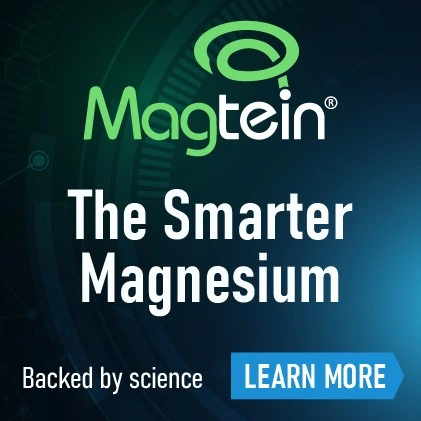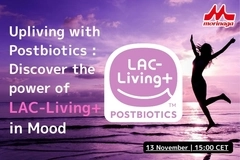EcoSpears discovers PFAS elimination method as ChemSec finds “forever chemicals” cost US$17.5T annually
16 May 2023 --- US-based company ecoSpears has created a remediation solution developed by NASA scientists for eliminating polychlorinated biphenyls (PCBs) and per- and polyfluoroalkyl substances (PFAS) chemicals. The methodology was presented at the global 2023 Conference of Parties in Geneva, Switzerland, from May 1-12.
EcoSpears’ green technology can remediate toxic water, soil and transformer oil without transporting and incinerating it. Current methods of eliminating PFAS and other chemicals demand that toxic material is shipped thousands of miles to be burned, risking toxic spills in transit.
“We joined the International Pollutants Elimination Network to assist in eliminating PCB oil stockpiles worldwide by 2028. Our technology will help make that happen,” says Sergie Albino, ecoSpears CEO and former NASA engineer.
In related news, a report by ChemSec, a Sweden-based NGO, found the societal cost of using toxic PFAS costs about US$17.5 trillion annually across the global economy. The complete findings have yet to be published.
 EcoSpears presents a way to eliminate PFAS cheaply and safely. Cost-effective elimination
EcoSpears presents a way to eliminate PFAS cheaply and safely. Cost-effective elimination
EcoSpears says PCBs and PFAS chemicals have been widely used to manufacture industrial and consumer products, and their presence has led to global soil and water contamination.

PFAS are commonly referred to as “forever chemicals” as they do not degrade naturally.
The process designed by NASA scientists can eliminate PCBs, PFAS, dioxins and other persistent toxins wherever they are found.
PCB chemicals have been linked to cancer, reproductive disorders, developmental problems and other long-term diseases. PFAS chemicals have been associated with immune system dysfunction, thyroid disease and cancer.
“Our mission is to bring this critical new technology to the world,” continues Albino.
EcoSpears claims its process is non-combustion and non-thermal, making it safer than the current method and costing less. The company calls it a “cost-effective and scalable” solution to the harmful chemicals in food, food packaging, bottled water, cosmetics, toiletries, and more.
The remediation technology involves two steps: extracting the toxic chemicals from soil or water and breaking down the “forever chemicals.”
The company adds that its process does not require digging up or moving toxic soil or burning it. EcoSpears says its method is “becoming the leading technology for many countries moving forward, which is a paradigm shift in the ability to remediate toxic sites.”
The price of PFAS
ChemSec works with policymakers to limit the use of toxic chemicals while focusing on how the brunt of the cost of PFAS often ends on governments that have to fund the cleanup of pollution and the costs of individuals who suffer from health consequences.
ChemSec documented that the average market price of PFAS is approximately €19 (US$20.68) per kilogram. When considering societal costs, the price increases to an estimated €18,734 (US$20,390) for each kilogram.  ChemSec says PFAS costs trillions across the global economy.
ChemSec says PFAS costs trillions across the global economy.
The NGO’s analysis compartmentalized the societal costs into four categories, discovering that soil and water remediation are the most expensive, with healthcare costs and bio-monitoring of PFAS pollution following.
The “forever chemicals” are speculated to contaminate the drinking water of 200 million Americans, with similar contamination in Europe.
Twelve companies accounted for most of the world’s PFAS production and pollution: 3M, Chemours, Solvay, Daikin, Honeywell, BASF, Merk and Bayer.
European plans
The European Commission (EC) is waiting for the European Chemicals Agency (ECHA) committees to evaluate the proposed restriction on PFAS, after which the EC will decide to enforce the PFAS restriction proposal. This will either entail a postponement or initiation of an 18-month phase-out.
The EC-created proposal calling for a restriction on 10,000 PFAS, drafted in a joint effort by five countries, is now available on ECHA’s website.
By Sabine Waldeck















